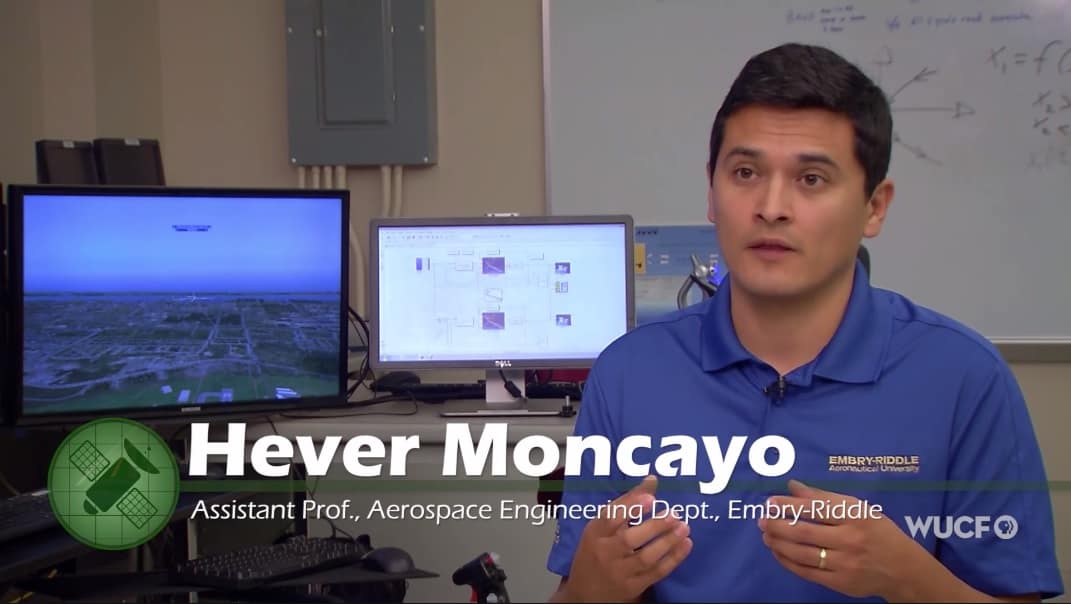Researchers Receive $500,000 NASA Award to Study Kite-Surfing in the Stratosphere

Last year, the team, led by Dr. William Engblom, Professor of Mechanical Engineering and Aerospace Engineering, received an initial NAIC Phase I grant of $100,000 to begin developing the kite-surfing concept, which uses two connected unmanned aerial vehicles that sail without propulsion while also collecting solar power, using wind shear that is persistently found in the lower stratosphere. The platform may also extract wind power using the propeller in a turbine mode when there is excessive wind shear.
The Phase I effort focused on the development of the required flight software and resulted in more than two months of flight simulations using new NASA-developed transient atmospheric models.
The two-year Phase II effort will center on proof-of-concept flight demonstrations using a small-scale Dual-Aircraft Platform (DAP) and the atmospheric onshore wind shear produced at low altitudes (below 500 feet) at Kennedy Space Center’s Shuttle Landing Facility.
Watch an animation of the kite-sail in flight.
“Flight tests will initially be conducted using manual remote controls, with the goal of achieving complete autonomous flight control,” said Engblom. “These live demonstrations of the sailing mode of flight, with one aircraft acting as the sail and the other as the board, will be unprecedented.”
The Embry-Riddle research team includes Dr. Engblom and Dr. Hever Moncayo, Assistant Professor of Aerospace Engineering. Government partners include Ryan Decker from NASA Marshall Space Flight Center and flight testing experts from NASA Kennedy Space Center. A well-known aircraft designer/consultant, Joe Wurts, is also on the team. Several graduate students will also join the effort.
“Aircraft platforms like the DAP, referred to as atmospheric satellites, represent an enduring challenge in aeronautics, and have enormous potential for positive societal and economic impact,” said Engblom. “The DAPs could stay stationary in the stratosphere for years, running off power from the sun and wind. Such platforms would diversify and expand observational capabilitiesand communications bandwidth at a fraction of the cost of orbital satellite networks.”
Learn more about Embry-Riddle’s College of Engineering in Daytona Beach Florida.

 James Roddey
James Roddey